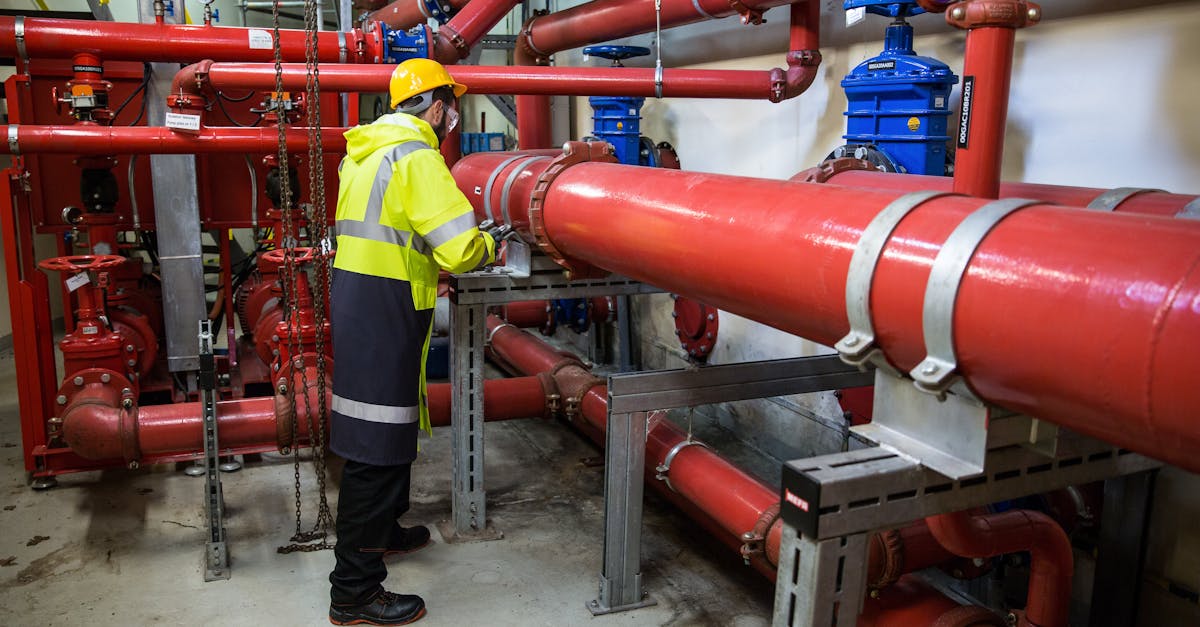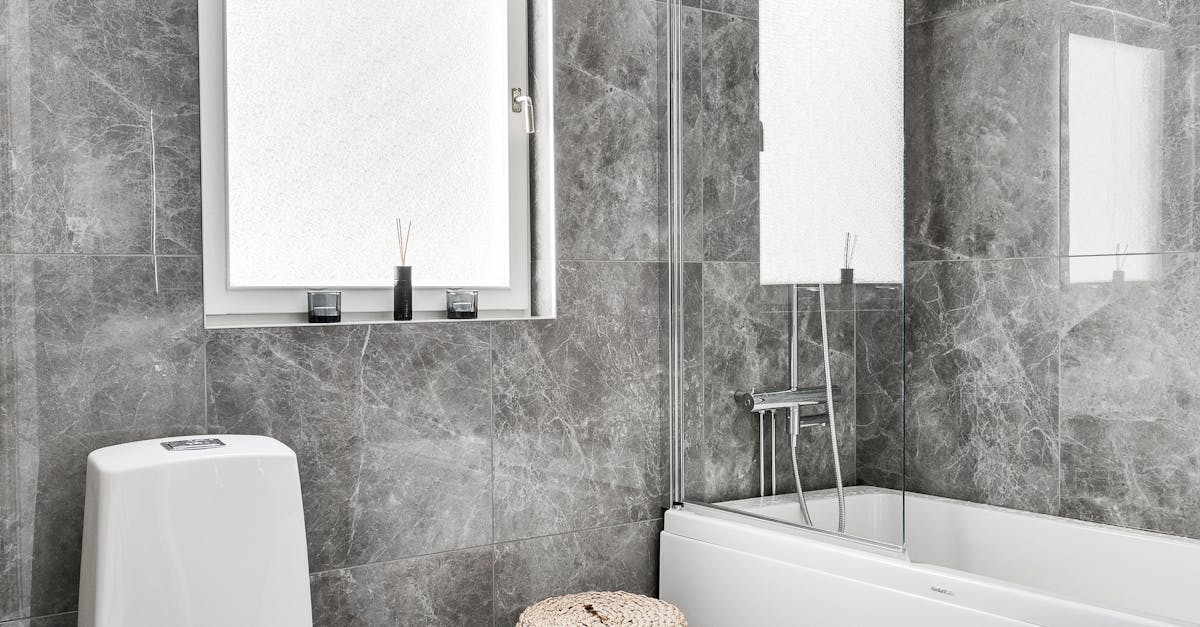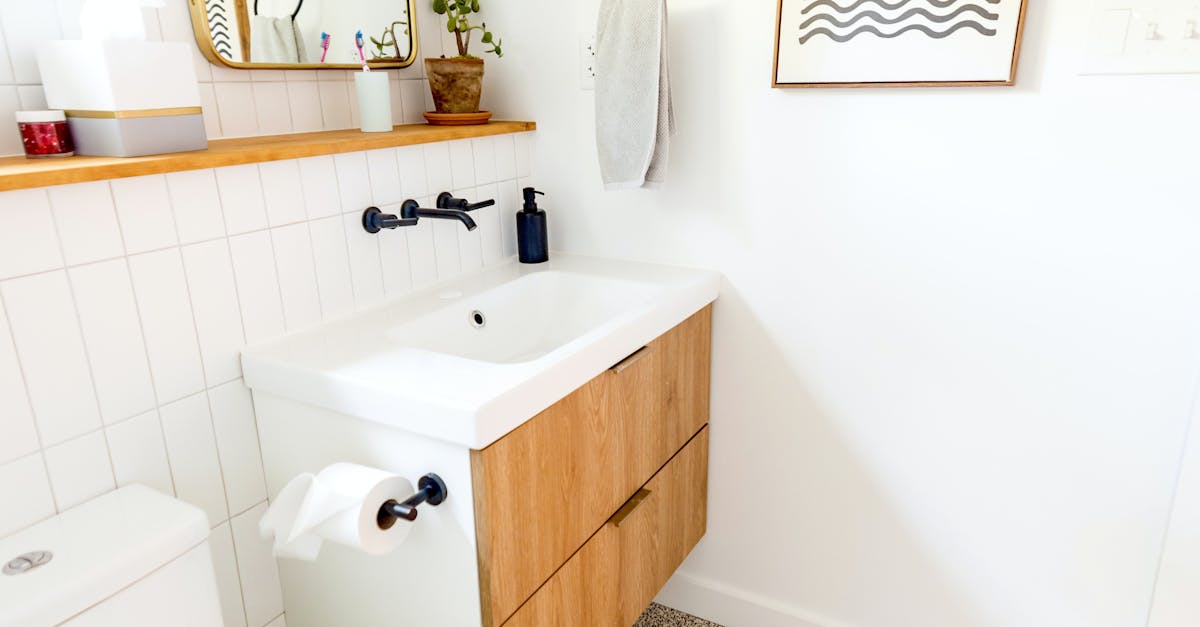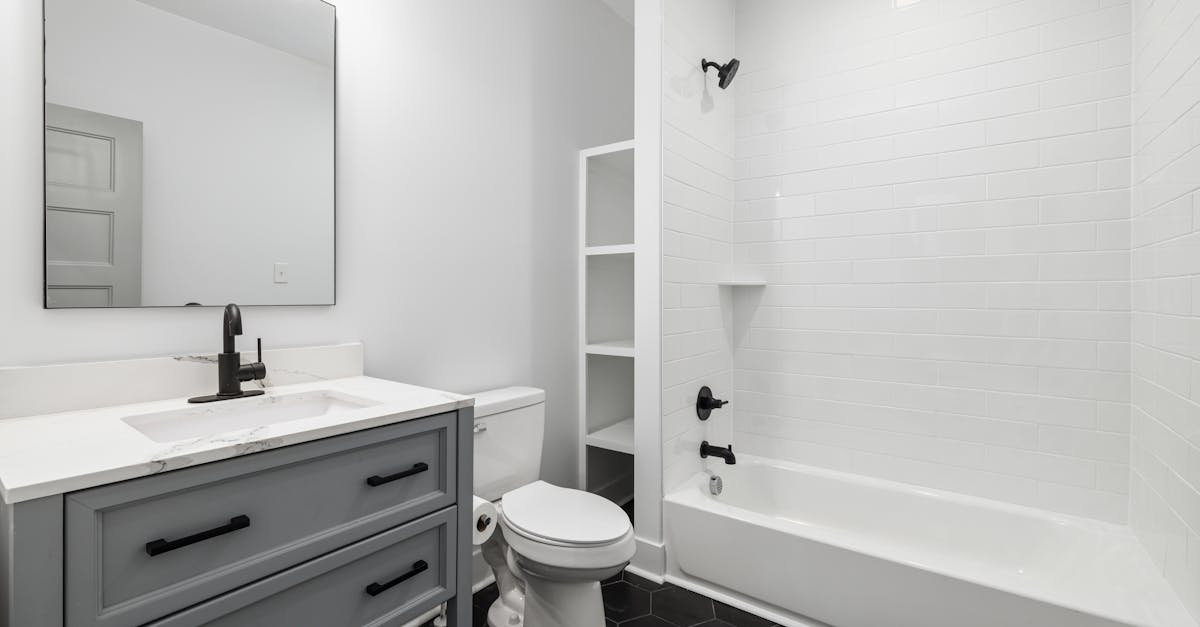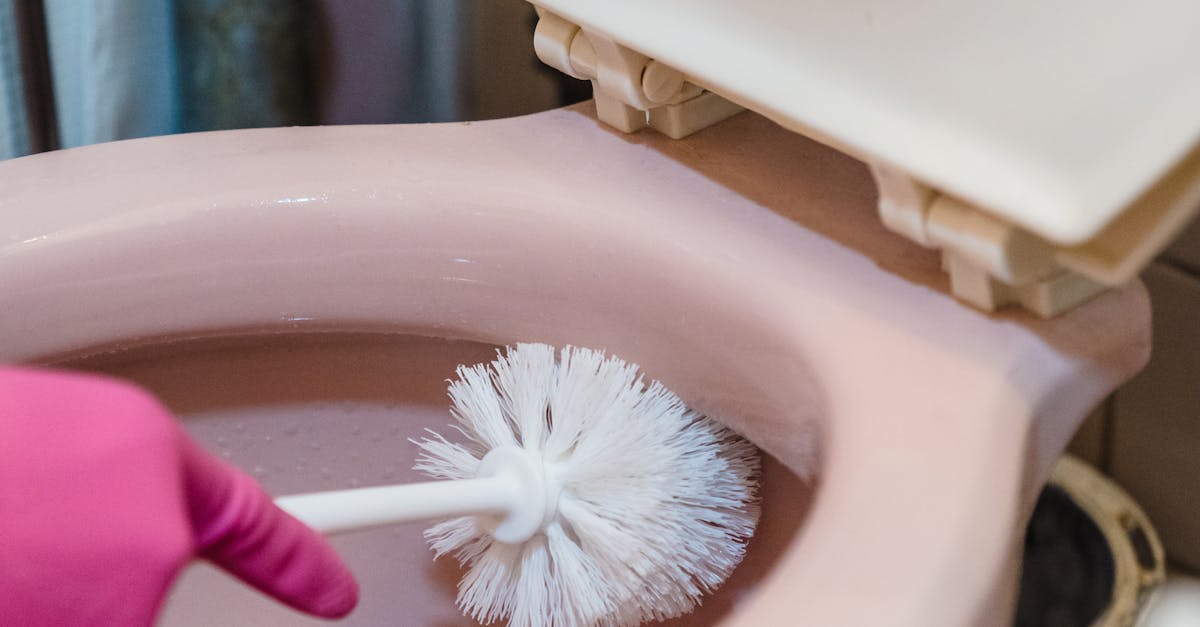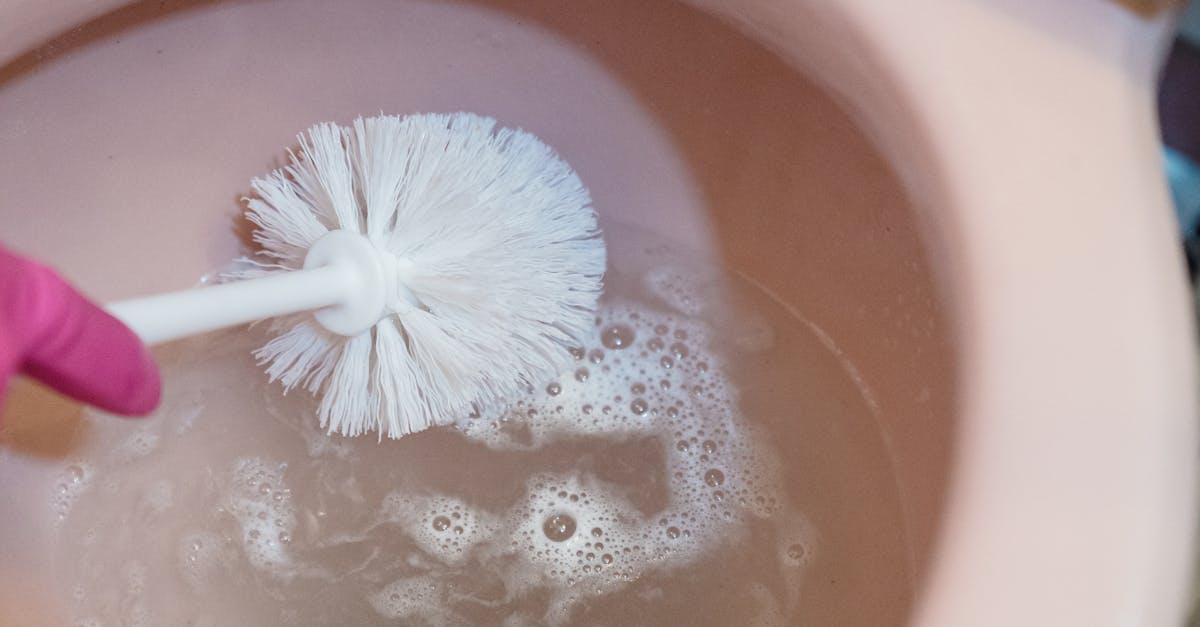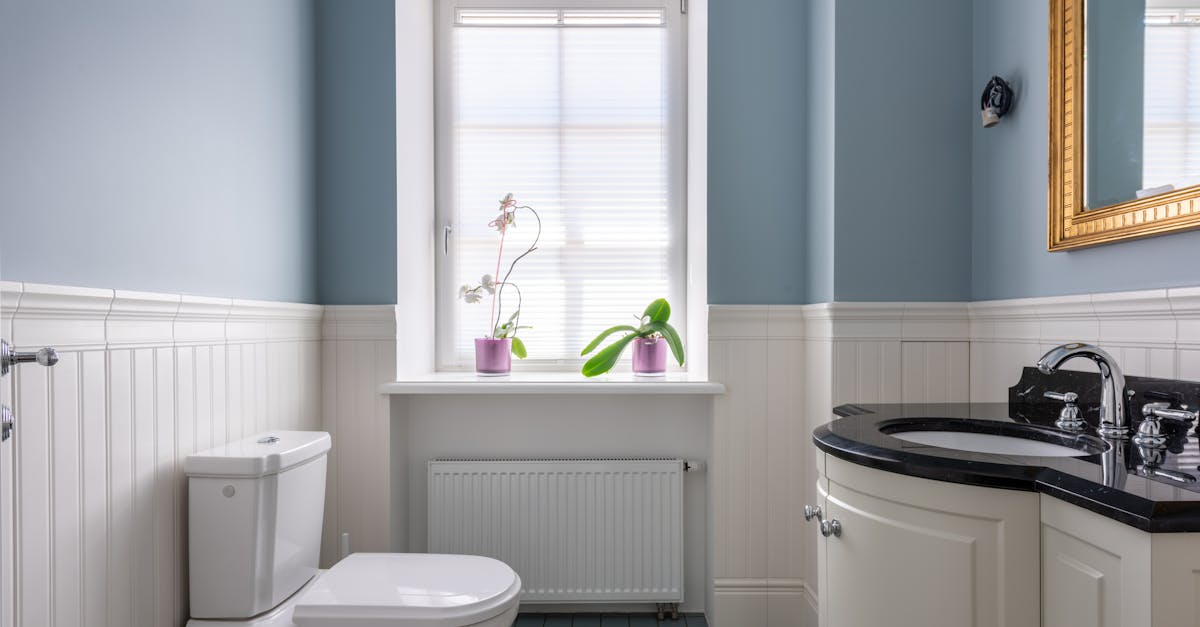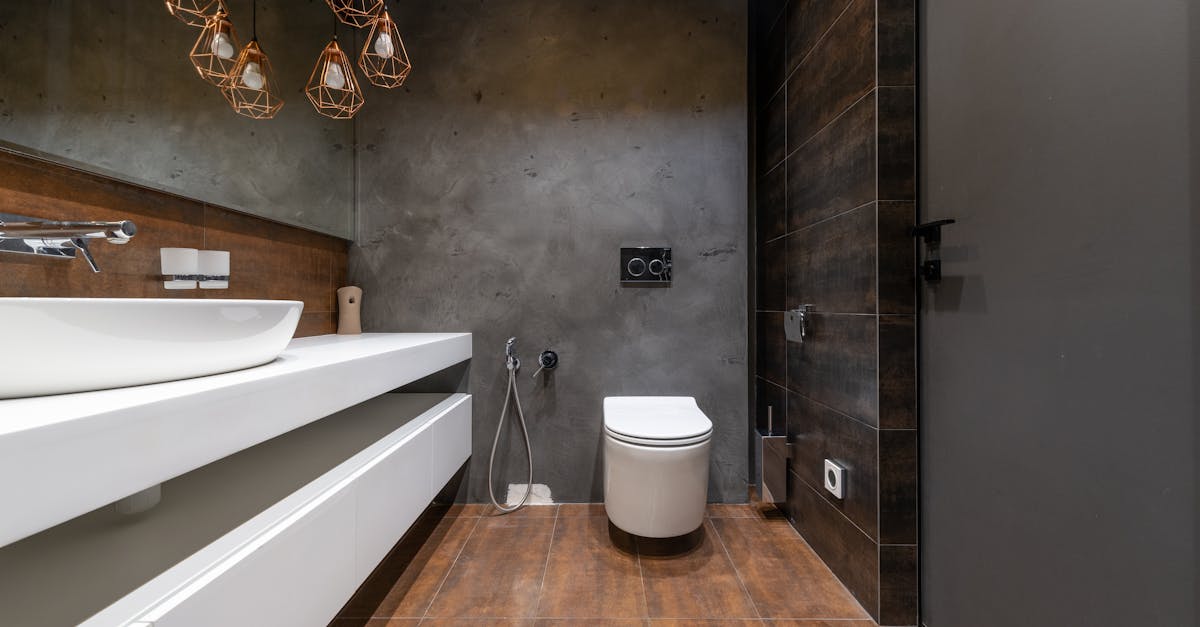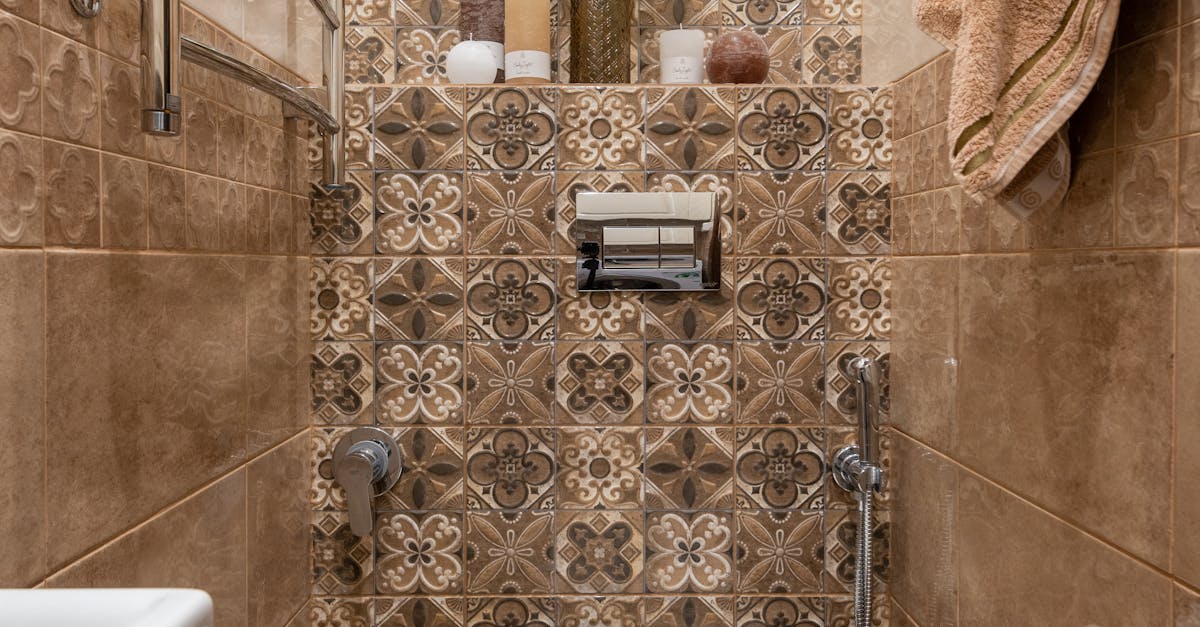
Table Of Contents
Replacing the Flapper
A common cause of a leaky toilet cistern is a worn-out flapper. This rubber component creates a seal at the bottom of the cistern, allowing water to flow into the bowl when flushed. Over time, the flapper can deteriorate due to constant exposure to water and chemicals in cleaning products. Regular maintenance can help ensure the flapper remains in good condition, saving you from frequent toilet repairs.
To replace the flapper, start by turning off the water supply to the cistern and flushing to remove excess water. Disconnect the old flapper by unhooking it from the flush lever and the drain. Install the new flapper by securing it in the same manner. Ensure it is aligned properly to create a watertight seal. Once everything is in place, turn the water supply back on and check for any leaks. This simple task can significantly reduce water wastage and contribute to effective toilet repairs.
StepbyStep Guide to Installing a New Flapper
To begin installing a new flapper, first, drain the toilet cistern. This can be achieved by turning off the water supply and flushing the toilet to empty the tank. Once the tank is empty, you will have clear access to the existing flapper. Disconnect the chain linked to the flush lever and unhook the old flapper from its position. Take note of the flapper type to select an appropriate replacement.
After removing the old flapper, position the new one over the flush valve and secure it according to the manufacturer's instructions. Attach the chain to the flush lever while ensuring there is enough slack for proper operation. Refill the cistern by turning the water supply back on. Check for any leaks around the flapper after completing the installation. These steps represent a straightforward approach to toilet repairs, ensuring a proper seal for effective flushing.
Checking the Fill Valve
A faulty fill valve is a common cause of leaks in a toilet cistern. This component is responsible for regulating the water supply to the tank after each flush. If the fill valve is damaged or malfunctioning, it may lead to water constantly running into the bowl. Checking the fill valve can be straightforward if you’re familiar with the inner workings of your toilet. Begin by turning off the water supply and flushing the toilet to empty the cistern. Inspect the valve for any visible signs of wear or damage, including cracks or mineral build-up.
When troubleshooting the fill valve, consider whether it is adjusted correctly. Ensure that the float rises and falls freely, which allows the valve to shut off properly when the tank fills. If adjustments do not resolve the issue, replacing the fill valve may be necessary. This process can be part of general toilet repairs and often involves removing the old valve and installing a new one to restore proper function. Engage with the components carefully to avoid further complications and ensure a watertight seal.
Troubleshooting Issues with the Fill Mechanism
A common issue with the fill valve is improper water levels in the cistern. This can lead to continuous running water and unnecessary waste. To troubleshoot, start by checking the float height. Adjusting the float may resolve the problem, ensuring that the water stops filling at the correct level. If the issue persists, inspect the fill valve for any blockages or damage, as these can hinder proper functionality and may require replacement.
Another potential problem is a faulty fill valve that can result in a slow refill or a complete failure to fill. In such cases, it is wise to turn off the water supply and disassemble the valve for inspection. Sediment build-up can often affect performance, so cleaning or replacing the valve might be necessary. Regular maintenance of these components can minimise the need for extensive toilet repairs and help maintain an efficient toilet system.
Examining and Replacing Gaskets
Gaskets play a crucial role in maintaining a watertight seal around various components of the toilet cistern. Over time, these seals can deteriorate due to age, hotspots caused by excessive heat, or constant exposure to water. A worn or damaged gasket often leads to leaks, which not only waste water but can also cause damage to the surrounding area. Regular inspection of gaskets is essential for effective toilet repairs. If any signs of wear or damage are detected, replacing the gasket promptly can prevent further complications.
When replacing gaskets, make sure to choose the right size and type suitable for your specific toilet model. Remove the old gasket carefully to avoid damaging the surfaces. Clean the area thoroughly before installing the new gasket to ensure a proper seal. It is advisable to check all gaskets in the cistern, including those around the flush valve and fill valve, as multiple leaks can occur simultaneously. Taking these steps will enhance the longevity of the toilet system and significantly reduce the need for future toilet repairs.
Importance of Seals and Gaskets in Preventing Leaks
Seals and gaskets play a crucial role in maintaining the integrity of a toilet cistern. These components are designed to create watertight seals between various parts of the toilet, preventing leaks that can lead to wasted water and increased utility bills. Over time, however, seals and gaskets can degrade due to regular wear, age, or exposure to chemicals. Regular inspection of these components can help identify potential issues before they escalate, making early toilet repairs more manageable and often saving on hefty plumbing costs.
Incorporating high-quality materials when replacing seals and gaskets is essential for long-lasting performance. Choosing the right size and type ensures a proper fit, which is vital for effective leak prevention. During toilet repairs, it is equally important to clean the surfaces where the gaskets sit to provide a solid foundation for the new seal, maximising the effectiveness of the replacement components. Proper maintenance of seals and gaskets not only extends the lifespan of the toilet but also maintains its efficiency, ultimately benefitting both the environment and household budget.
FAQS
What are the common causes of a leaky toilet cistern?
Common causes of a leaky toilet cistern include a faulty flapper, a malfunctioning fill valve, and worn-out gaskets or seals.
How do I know if my toilet cistern is leaking?
You can check for leaks by looking for water pooling around the base of the toilet, listening for constant running water, or performing a dye test by adding food colouring to the cistern and waiting to see if it enters the bowl.
Can I fix a leaky toilet cistern myself?
Yes, many issues with a leaky toilet cistern can be fixed by homeowners with basic plumbing knowledge. Tasks like replacing the flapper, checking the fill valve, or examining gaskets can usually be completed with simple tools.
How often should I check my toilet cistern for leaks?
It's a good idea to check your toilet cistern for leaks at least once a year, or immediately if you notice signs of water damage or increased water bills.
What tools do I need to fix a leaky toilet cistern?
Basic tools for fixing a leaky toilet cistern typically include a wrench, a screwdriver, and a pair of pliers. Additionally, you may need replacement parts such as a new flapper, fill valve, or gaskets.
